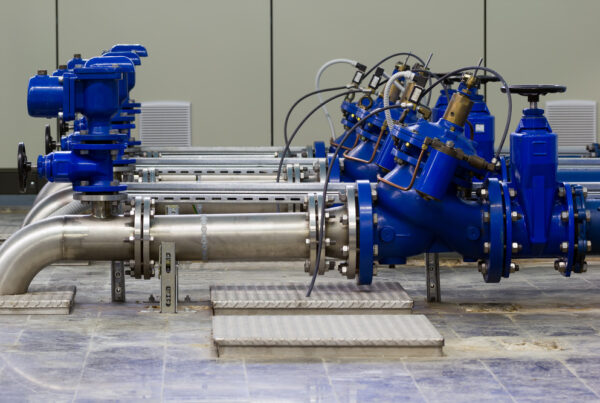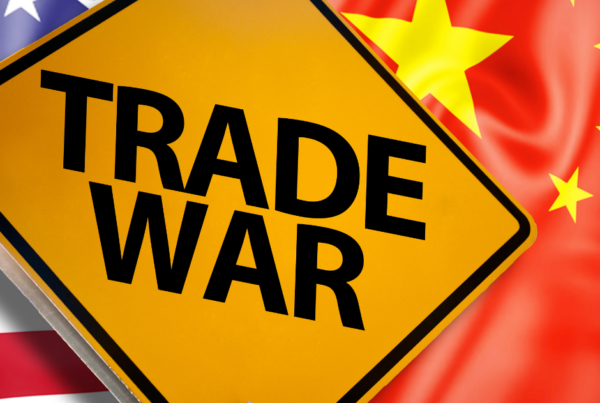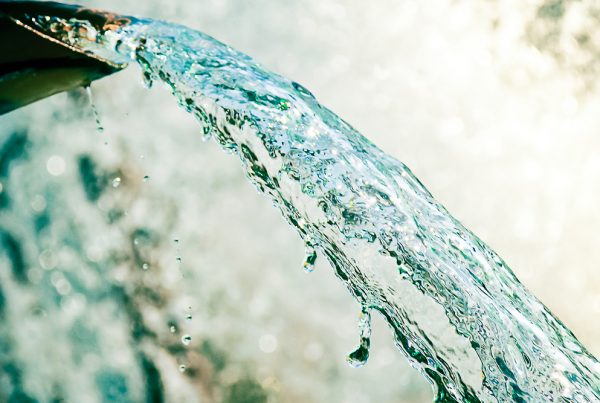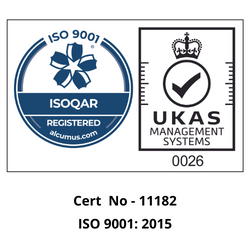Exploring the Superiority of PUR Cable Sheath Material Over PVC
In the realm of cable manufacturing, the choice of sheath material plays a crucial role in determining the performance, durability, and safety of the cables. While PVC (Polyvinyl Chloride) has been a traditional choice for cable sheathing due to its affordability and availability, PUR (Polyurethane) has emerged as a superior alternative in various applications. In this blog, we delve into the reasons why PUR cable sheath material is considered better than PVC.
Durability and Strength
One of the primary advantages of PUR over PVC is its exceptional durability and strength. PUR cables are known for their resistance to abrasion, chemicals, oils, and solvents. This makes them ideal for harsh environments where cables are subjected to mechanical stress or exposure to corrosive substances. In contrast, PVC cables are more prone to damage from abrasion and environmental factors, leading to premature wear and tear.
Flexibility and Flex Life
Flexibility is another area where PUR outshines PVC. PUR cables offer superior flexibility even in low temperatures, making them suitable for use in applications where flexibility is crucial, such as robotics, automation, and machinery. Moreover, PUR cables have a longer flex life, meaning they can withstand repeated bending and flexing without degradation. This attribute is particularly important in dynamic applications where cables are constantly in motion.
Resistance to Environmental Conditions
PUR cable sheaths exhibit excellent resistance to a wide range of environmental conditions, including UV radiation, moisture, and extreme temperatures. This makes them suitable for outdoor and indoor applications alike, where cables may be exposed to sunlight, water, or temperature fluctuations. PVC, on the other hand, may become brittle over time when exposed to UV radiation or extreme temperatures, compromising its performance and longevity.
Flame Retardancy and Safety
Safety is paramount when it comes to cable applications, especially in industries where fire hazards are a concern. PUR cables typically offer better flame retardancy compared to PVC, making them a safer choice for installations where fire resistance is critical. Additionally, PUR is known for its low smoke and toxicity emissions in the event of a fire, further enhancing its safety profile.
Environmental Considerations
In recent years, there has been a growing emphasis on environmentally friendly materials and sustainable manufacturing practices. While PVC is known for its recyclability, it also poses environmental concerns due to the release of harmful chemicals during production and disposal. On the other hand, PUR can be manufactured using bio-based or renewable raw materials, reducing its environmental impact. Furthermore, PUR cables are often recyclable and contribute to reducing overall waste generation.
Conclusion
In conclusion, while PVC has been a staple in cable sheathing for many years, PUR has emerged as a superior alternative in terms of durability, flexibility, environmental resistance, safety, and sustainability. Its ability to withstand harsh conditions, maintain flexibility over a longer period, and offer better flame retardancy makes it the preferred choice for a wide range of applications, including automotive, industrial automation, and renewable energy. As industries continue to prioritize performance, safety, and environmental responsibility, the adoption of PUR cable sheath material is likely to become more prevalent in the years to come.
Our ranges of PUR Cables can be viewed HERE






